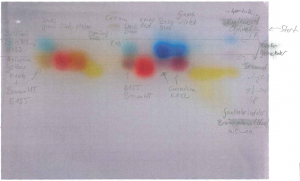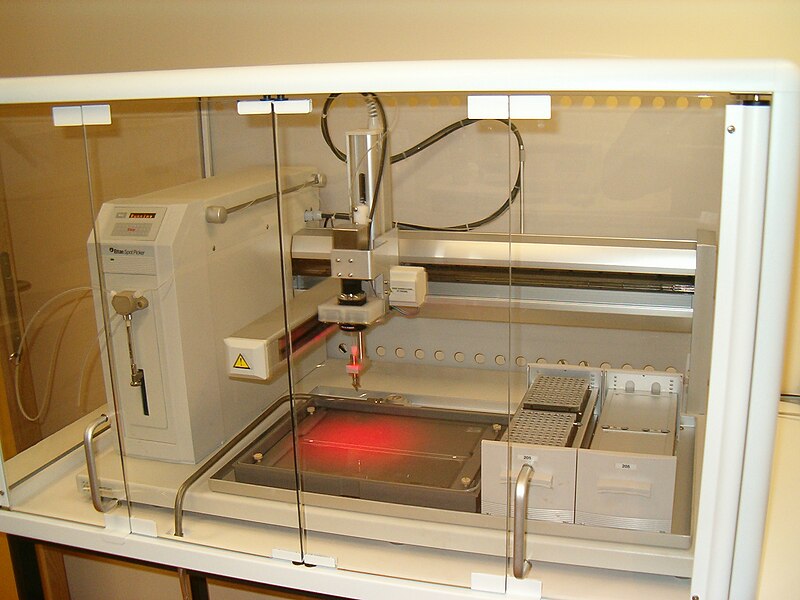Loading dyes for DNA agarose gels are traditionally xylene cyanol and bromphenol blue. In a slightly whimsical weekend experiment I tested some food dyes whether they would work as replacements in DIY Bio DNA electrophoresis. These dyes are supposedly non-toxic (which is sometimes debated but without a final verdict yet) and easy to obtain. Thanks to Jelena Aleksic for donations from her Sugarflair food colours box.
Author Archives: dm
The genetic network of Drosophila tracheal development
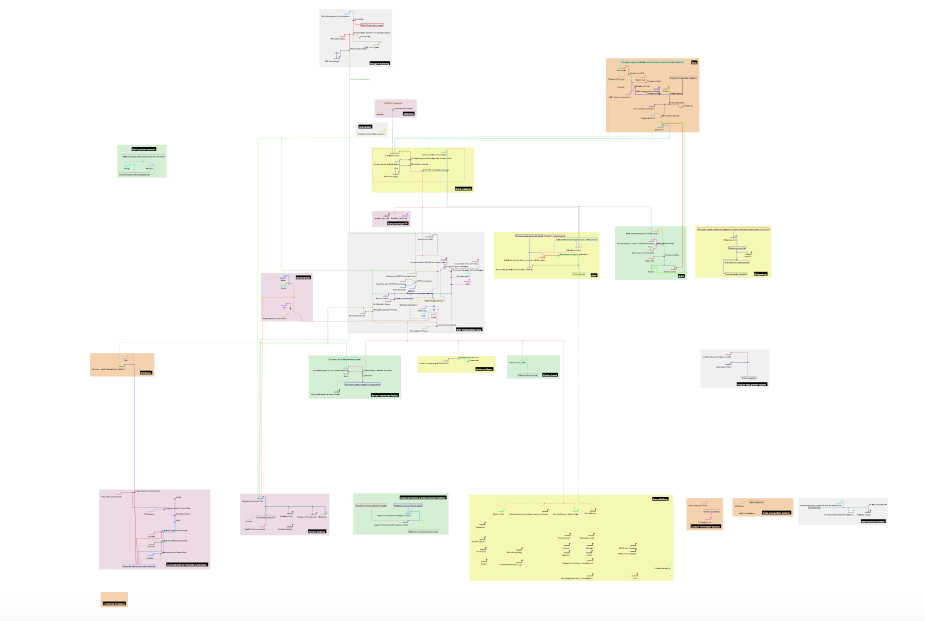
Gene regulatory network of trachea formation, distilled from all relevant reviews up to 2011. The fully sized zoomable network is here.
For the first year progress report of my PhD project I was asked to summarise the genetics of tracheal tube formation in the fruit fly embryo (trachea are the insect equivalent of lungs). Tubes are one of the favourite building blocks of animal development, and are used ubiquitously. Though not always obvious, tube formation is the first step in forming the digestive tract, the branches of the trachea in the lung, kidney nephrons, blood vessels, various glands, and feathers. Tracheal development in fly embryos is a prime example of branched tubule formation. In short, cells decide that they are going to be trachea, and organise themselves into a single-layered hollow tube. Branches form as groups of cells follow various chemical signals, and break away from the main mass of cells.
Struggling with putting a highly complex and interwoven process into words, I eventually realised that a graphical representation would be more adequate. After all, we don’t use long descriptions such as “Here is a large building X, in street Y. Next to it is building Z, opposite is lengthy square A, and on the left side of it is round building B…” It would be very hard to use, compared to a map. We have also long stopped expressing mathematical relationships through prose, instead using diagrams, and a highly compact notation. Similarly, the causality relationships in electronic circuit designs are either expressed through formalised diagrams, or, the inherent logic is expressed in a formalised (and executable!) hardware description language.
It seems genetic networks are the last very complex systems where the prevailing opinion is that they are best expressed in beautiful and creative prose. There are several problems with this: Continue reading
Creatures of Light – American Museum of Natural History
Recently, I had the opportunity to visit the exhibition on bioluminescence at the Natural History Museum in New York. While the exhibition seems to be fairly well received (see for example http://www.newscientist.com/blogs/culturelab/2012/04/luminous-life-on-show.html with only very tame criticism), I think the exhibition has done a terrible job in presenting nature, in every single room of it.
The first room of the exhibition is about fungal bioluminescence, and as every other room it is very tasteful. There is soft atmospheric music that fills the twilight around the well-sculpted objects. In the centre of the room is a group of old fallen trees on forest ground. Yellow-blue light filters from the fibres of the old logs, mushrooms grow with shining caps. A step closer however, little LEDs under paint become obvious, because all there is plastic. This sets the general theme of exhibition. Mock nature. Continue reading
Controlling an Ettan Spot Picker lab robot with custom software
I believe many lab robots are scrapped purely because the control computer and the control software become obsolete. With the ability to write new software such robots can become useful again, and not only in DIY-bio settings. There is however very little documentation as far as I can see. I had opportunity to experiment for a weekend with an Ettan Spot Picker lab robot, and found that reverse engineering its communication protocol was not very hard. Unfortunately most of my documentation in text files and programs were eventually lost together with the old command computer of the robot, as I forgot to move them off. I hope what is left can be still of some help in starting, if someone is in a similar situation.
Some robot drawings
Some drawings made by a repurposed lab robot (an old Ettan Spot Picker to be disposed of), using a mechanical pencil. It became a universal robot arm (and thus an able draughtsman) after some reverse engineering of the communication protocol.


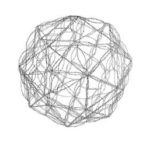
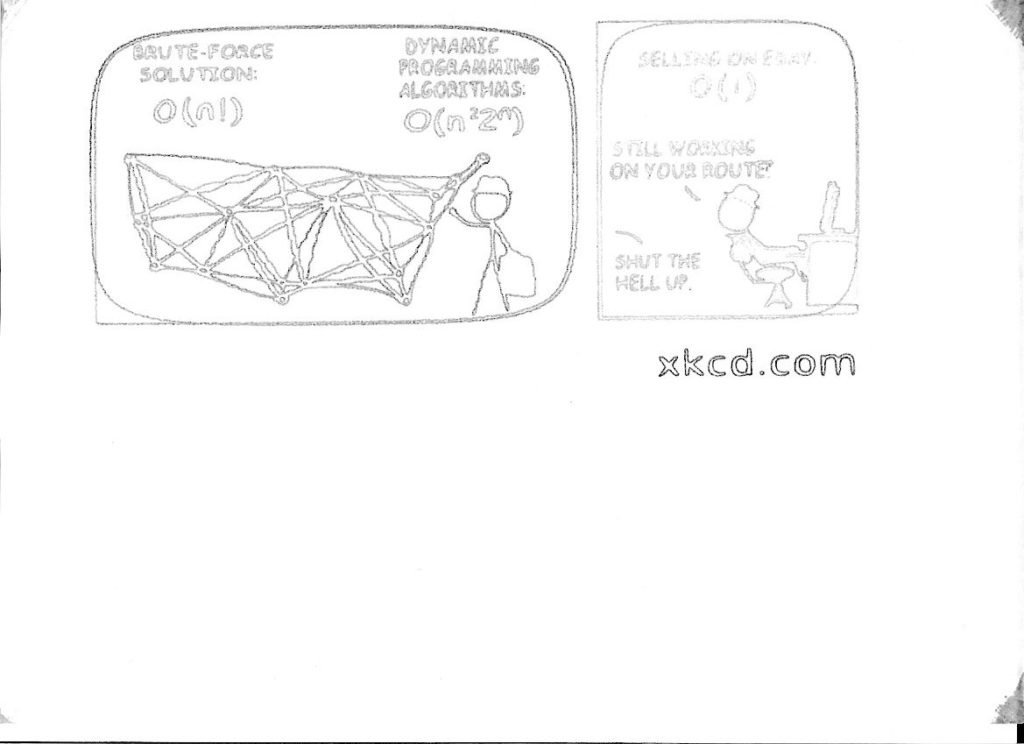
Pencil lead run out at some point . . .
Having freshly drawn XKCD comics instead of having to view them on a screen is of course luxurious. Never shall there be a shortage of mazes to fill out either. With the recursive division algorithm the robot can draw an infinite number of different mazes.
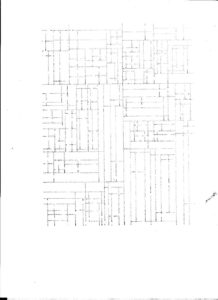
Many thanks to the Proteomics group for offering their old machine for some experimenting.
Some enjoyable historic papers
The Royal Society celebrated its 350th anniversary last year. Trailblazing is a collection of historic papers, which the society published in her Philosophical Transactions. Here some favourites. Each is a very early paper of its field, so everything has to be explored, new things need to be named, nobody knows which are the relevant parameters.
- … New Theory about Light and Colours… (1672) Isaac Newton at his best: buys a prism, uses the sun, his window curtains and a ruler to deduce the corpuscle theory of light, a theory of the nature of colours, of mixture of colours, of white light, the mechanism of colour vision, the inner workings of rainbows, and the limitation of refractive telescopes due to colour dispersion. He also invents the reflective telescope to overcome the problem. He does not waste time with a splendid introduction: To perform my late promise to you, I shall without further ceremony acquaint you, that in the beginning of the year 1666 I procured me a Triangular glass-Prisme to try herewith the celebrated phenomena of colours. and comes to his experiments right away. A very enjoyable reading. Continue reading
FASTA and FASTQ reader
Finite state machines for fun & profit. A python snippet which extracts titles and sequences from FASTQ files and discards the rest.
reader = open("humanrna.fastq", "rb")
title=""
buffer=""
while 1:
line = reader.readline()
if not line:
break
line = line.strip()
if line == "":
continue
if line.startswith("@"):
#this is a title -- starts a new fastq block
title=line[1:]
#read seq
buffer = reader.readline().strip()
#dump quality control
dummy = reader.readline()
dummy = reader.readline()
#some use of title and buffer...
# ...
A snippet for reading FASTA files.
reader = open("humanrna.fasta", "rb")
title=""
buffer=""
def useBuffer(title, buffer):
#use the buffer somehow...
#...
pass
while 1:
line = reader.readline()
if not line:
#This is the end
if title:
#use the last title and buffer...
useBuffer(title, buffer)
break
line = line.strip()
if line == "":
continue
if line.startswith(">"):
#this is a title -- starts a new fasta block
if buffer:
#use the last title and buffer somehow...
useBuffer(title, buffer)
buffer=""
title=line[1:]
continue
if title:
buffer += line
How many mutants do I need for characterising an enhancer?
A little toy tool that shows which logic functions are compatible with the observed behaviour of a logic gate, e.g. when making a boolean model of an enhancer out of loss-of-function data. Created for fun during a summer school on genetic networks in Woods Hole.
In each row:
- input field: response of gate (1/0)
- grey coloumns: state of input variables
- remaining orange coloumns: compatible logic functions.
CUCC 2010-11 accounts
If you are looking for last year’s CUCC (Cambridge University Caving Club) accounts, they are now here.
Experiments to Determine the Density of the Earth
Experiments to Determine the Density of the Earth (1798): Henry Cavendish’s heroic struggle for precision as he improves John Michell’s apparatus such that for the first time he is able to measure the gravitational constant exactly. For that he measures the minuscule attraction of two weights. From this he calculates the gravitational force per mass and such is able to calculate (“weigh”) the earth’s mass and incidentally of all parts of the solar system.
![David Molnar [Update:, PhD]](https://www.srcf.ucam.org/~dm516/wp-content/themes/twentyeleven/images/headers/chessboard.jpg)
